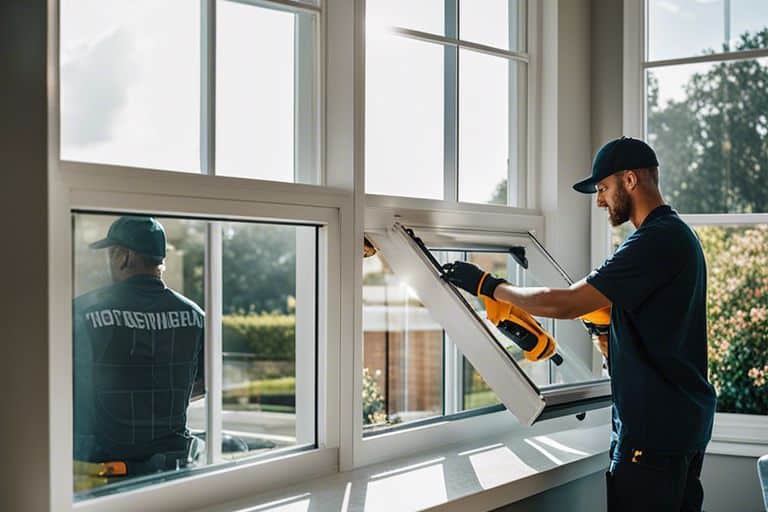CGKY News Hub
Your go-to source for the latest insights and trends.
Window Replacement: Are You Letting Your Old Windows Air Your Secrets?
Unlock hidden energy savings! Discover how outdated windows may be leaking more than just air. Time for a change? Find out now!
Top Signs It's Time to Replace Your Windows
Knowing the top signs it's time to replace your windows can save you from escalating energy bills and discomfort in your home. One of the most noticeable indicators is drafts. If you feel air seeping through your windows, even when they’re closed, it's a strong sign that your window seals are failing. Additionally, you might notice an increase in outside noise entering your living space. If your windows can’t block out the sounds of traffic or neighbors, it may be time to consider replacement.
Another key sign is the presence of condensation or fog between the panes of glass. This often indicates that the seals have broken, allowing moisture to penetrate, which compromises the window's insulation properties. Moreover, if you observe visible damage such as cracks, warping, or rotting frames, these issues can drastically reduce your windows' efficiency. Paying attention to these top signs it's time to replace your windows will ensure that your home remains energy-efficient and comfortable for years to come.

How Old Windows Can Affect Your Energy Bills
Old windows can significantly impact your energy bills, as they are often less energy-efficient than modern counterparts. Drafts and air leaks around aging window frames can lead to considerable heat loss during the winter and increased heat gain in the summer. This inefficiency causes your heating and cooling systems to work harder to maintain a comfortable temperature, resulting in higher energy consumption and, consequently, soaring energy costs. If you notice fluctuations in indoor temperatures or constantly find yourself adjusting the thermostat, old windows might be the culprit.
Furthermore, single-pane windows common in many older homes lack the insulating properties of double or triple-pane alternatives. These older windows often do not have the same level of thermal resistance, which means they allow more energy transfer between the inside of your home and the outside environment. To combat rising energy bills, homeowners should consider upgrading their windows to more efficient models. Not only will this help in reducing energy costs, but it can also increase the overall value of the property while enhancing its aesthetic appeal.
Is Your Home Exposing You? The Hidden Risks of Old Windows
Is your home exposing you? You might think that the primary function of your windows is to let in light and provide a view of the outside world, but old windows can harbor significant hidden risks. Aging windows can be a source of energy inefficiency, contributing to higher utility bills and uncomfortable indoor temperatures. Additionally, they can pose safety risks, particularly if they are difficult to open or close properly in case of an emergency. If you notice drafts or condensation between the glass panes, these are warning signs that your windows may need immediate attention.
Furthermore, old windows can also expose you to potential health hazards. For instance, many older homes still have lead paint on their window frames, which can deteriorate and produce harmful dust. This exposure can be particularly dangerous for children and pregnant women. Moreover, the deterioration of window seals can allow moisture and mold to creep in, leading to respiratory issues and other health problems. Being aware of these risks is the first step in protecting your home and health—consider evaluating your windows to mitigate these hidden dangers.